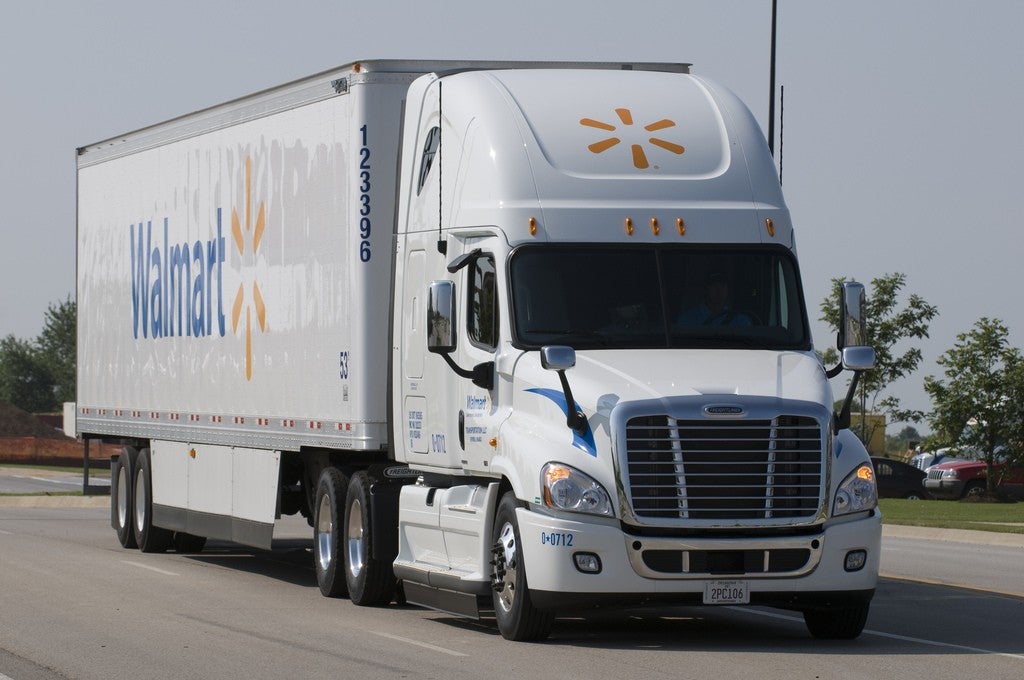(This post originally appeared on EDF+Business)
Across America, companies have reason today to celebrate an important step to drive cost and emissions out of their supply chain. The U.S. EPA and U.S. Department of Transportation unveiled new fuel efficiency and greenhouse gas standards for heavy trucks. Once fully implemented, the new standards will cut over a billion tons of climate pollution and save hundreds of millions of dollars by 2035.
Every business in America stands to benefit.
Why? Because every business in America relies, in some form, on trucking services. Product manufacturers need trucks to get goods to market. Service and knowledge companies depend on trucks to deliver equipment and supplies. Retailers utilize trucks in distribution.
Retailers and consumer brands are among the top winners of strong fuel efficiency standards, as these companies account for a lot of freight movement. Companies that have undertaken detailed carbon footprint analysis often find, as Ben & Jerry’s did, that freight transportation can account for upwards of 17 percent of their total impact.
The new fuel standard means continued progress in tackling this significant source of emissions. This progress will reveal itself in lower carbon footprints for every product brought to market. It will be apparent through lower freight and fuel surcharge fees – saving large consumer brands millions annually.
The standards will be increased in 2024 and 2027, resulting in final standards that will require new tractor-trailer units to emit 25 percent less climate pollution in 2027 than in 2017. Long-haul truck drivers will see the new efficiency technology pay back in under two years.
The new standards will drive market uptake of a number of proven fuel saving technologies. Through the Super Truck program of the U.S. Department of Energy, for example, a Daimler team developed a 12.2 MPG trucks and a Cummins and Peterbilt team developed a 10.7 MPG truck. As a group of leading technology innovators noted early this year, “clear, stringent, long-term fuel efficiency and greenhouse gas standards” are critical to scaling emerging solutions “by creating certainty that high-quality, effective innovations will be rewarded in the marketplace.”
With the certainty of long-term standards, manufacturers will make the needed investments to introduce new engine platforms, better integrate powertrains, and take advantage of other cost-effective choices. In fact, this is just what has happened during an earlier phase of the clean truck program.
PepsiCo, Walmart, General Mills and a number of other leading companies played a critical role in securing the robust, final standards. They were drawn to advocate for strong standards because of the clean truck program’s combination of significant environmental and cost savings, and its ability to bring forward market-ready solutions.
It’s telling that these companies, which are leaders in adopting voluntary green freight best practices, were motivated to advocate for federal greenhouse gas and fuel efficiency standards too. They recognize that freight movement, which accounts for around 10 percent of U.S. greenhouse gases, has a critical role to play in cutting our emissions.
Making heavy trucks more fuel efficient is the single most important step to reducing freight emissions. The program announced will be crucial to build a low-carbon future that enables the free flow of freight. That is an outcome every business should celebrate.










